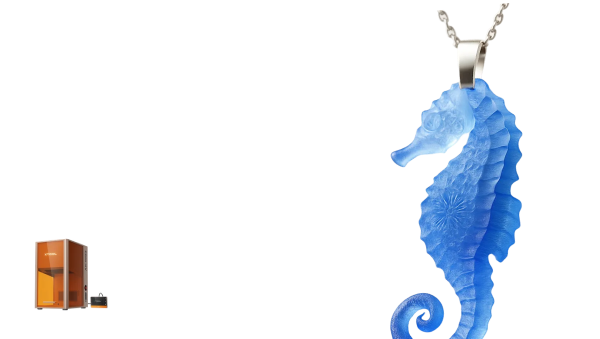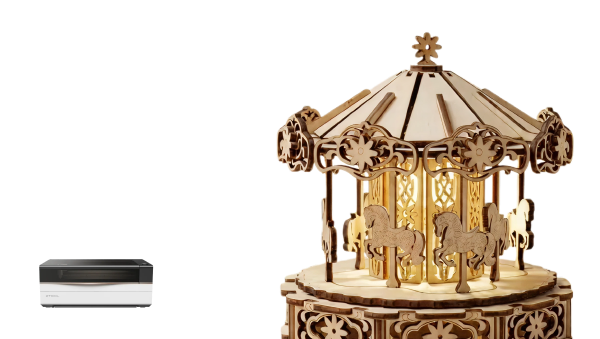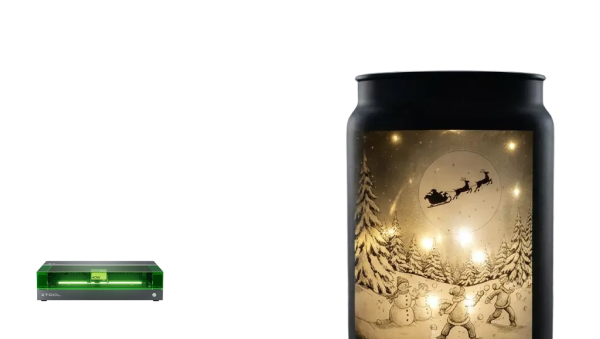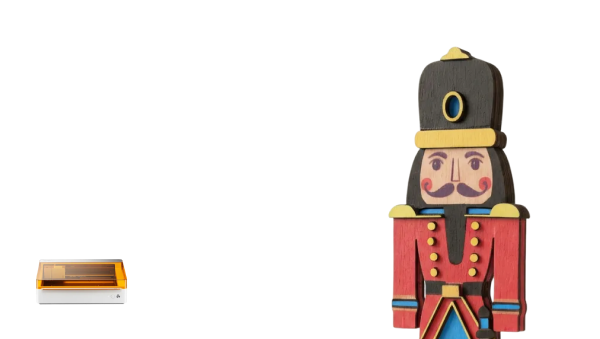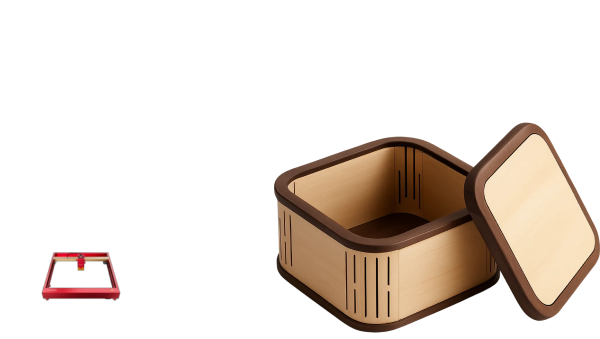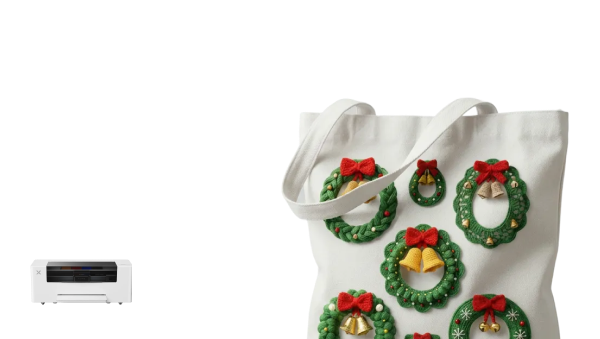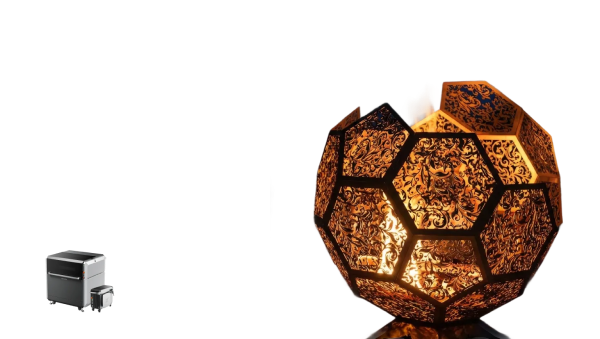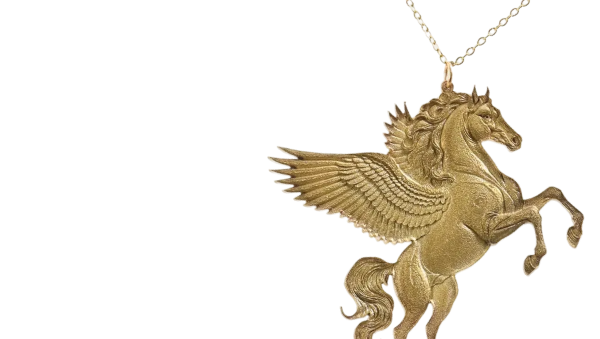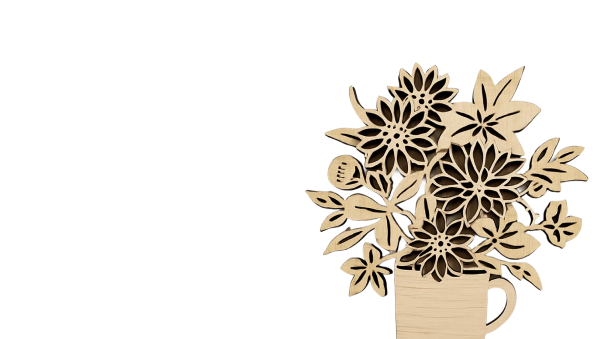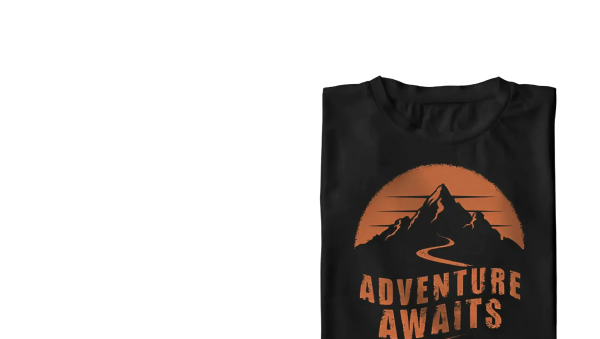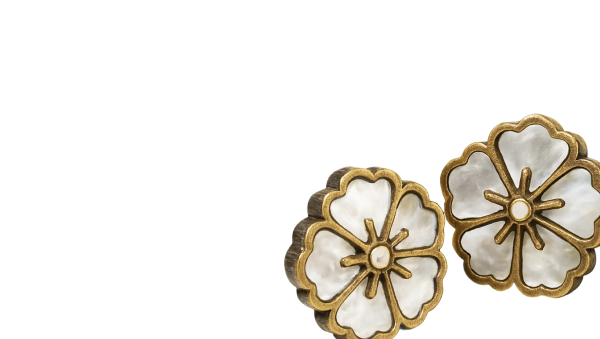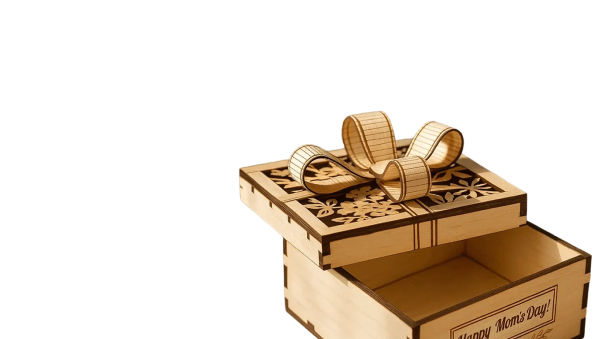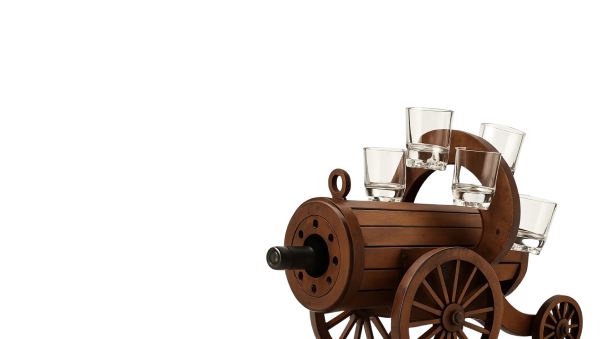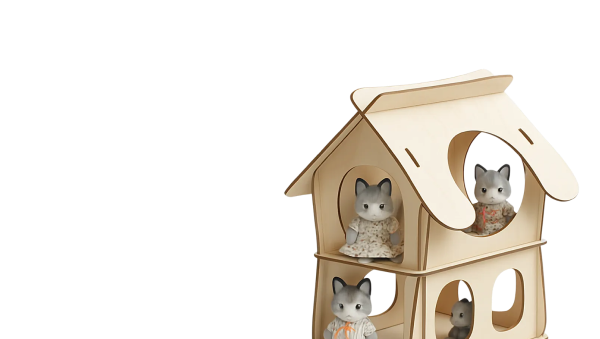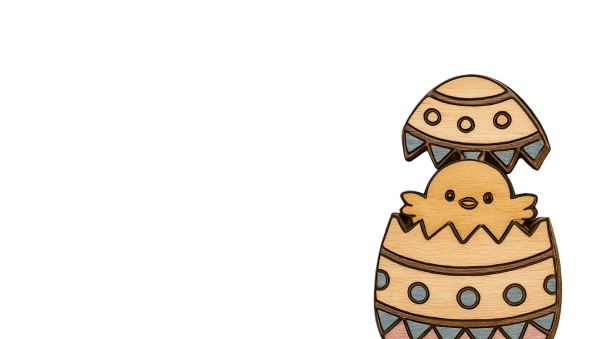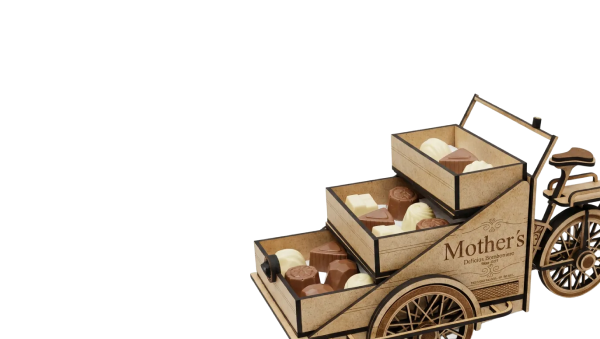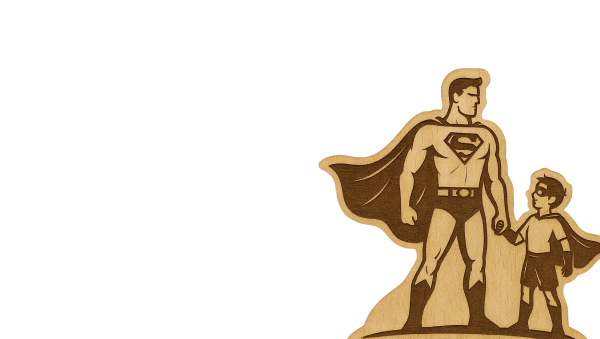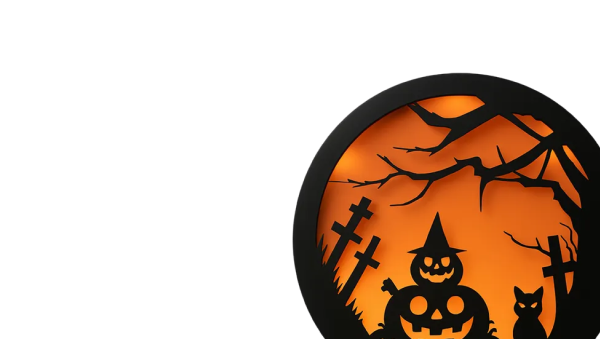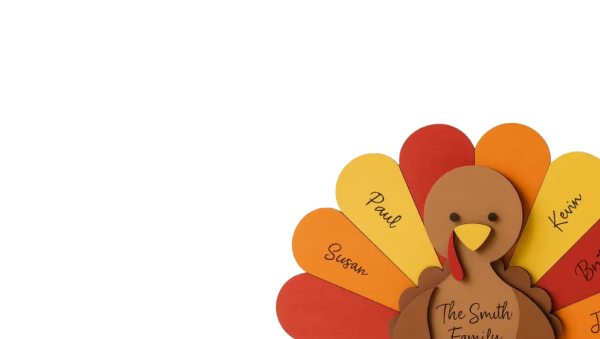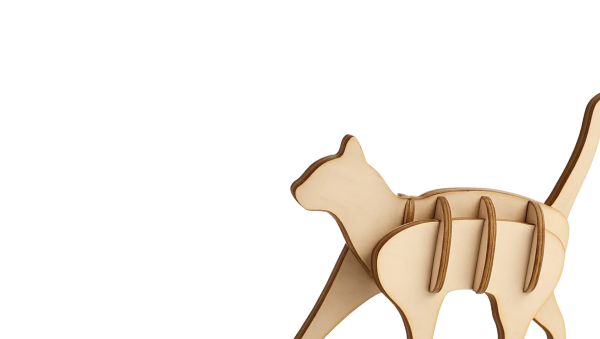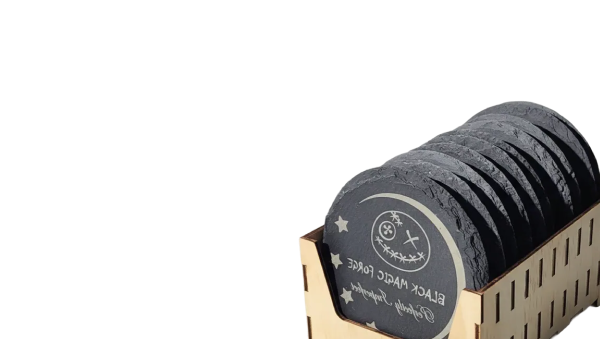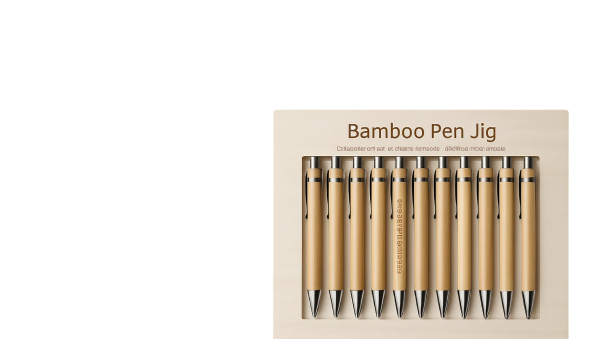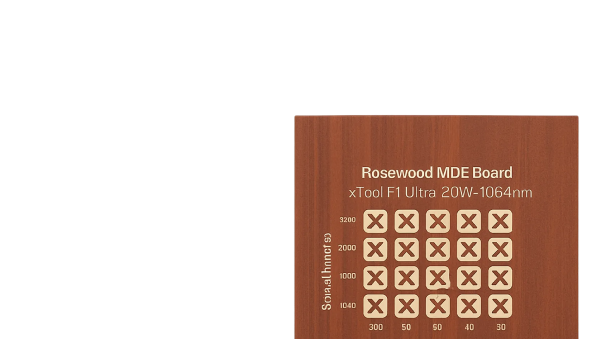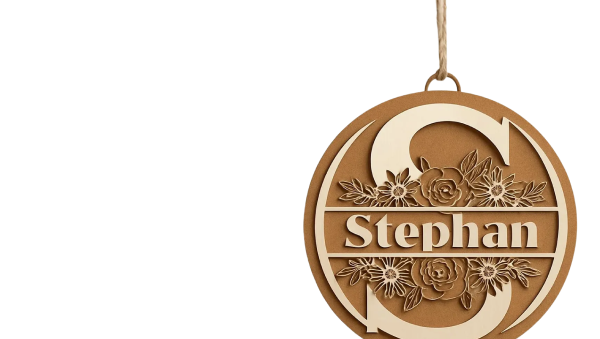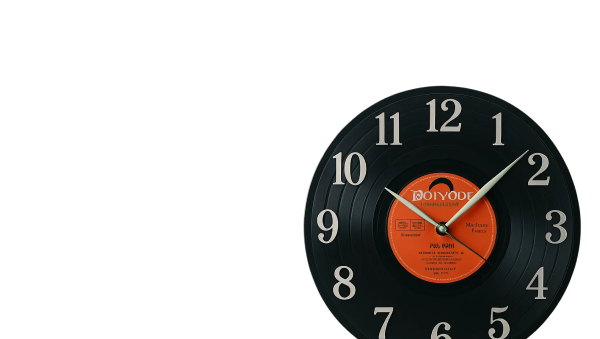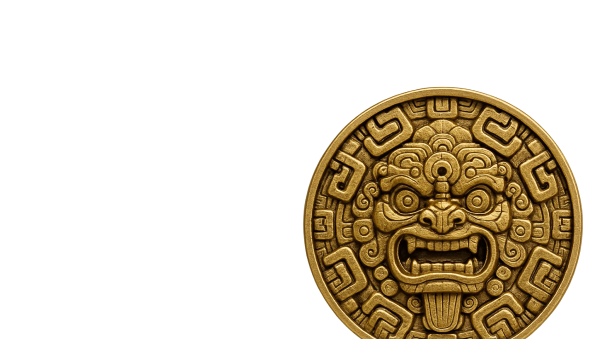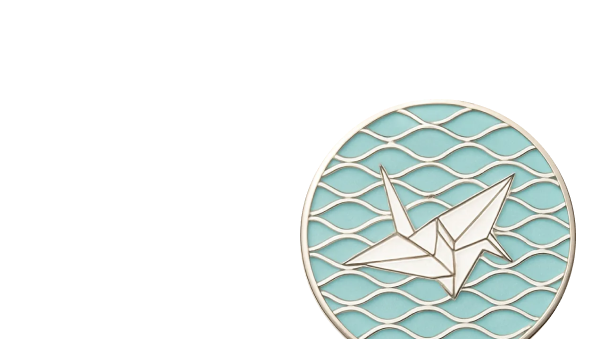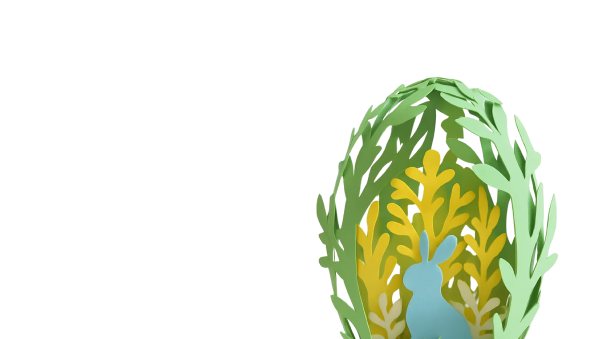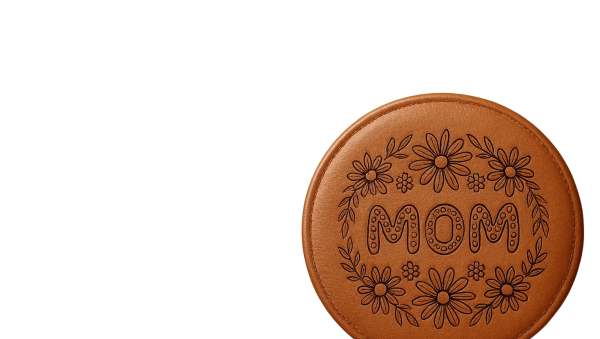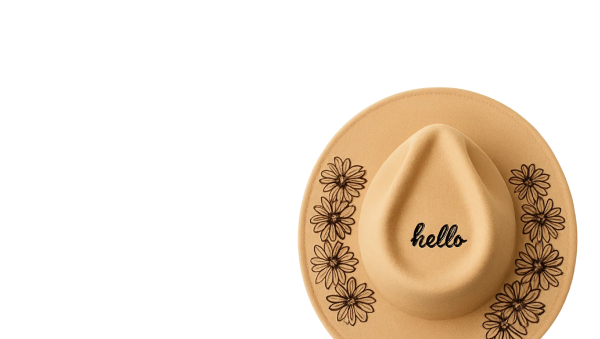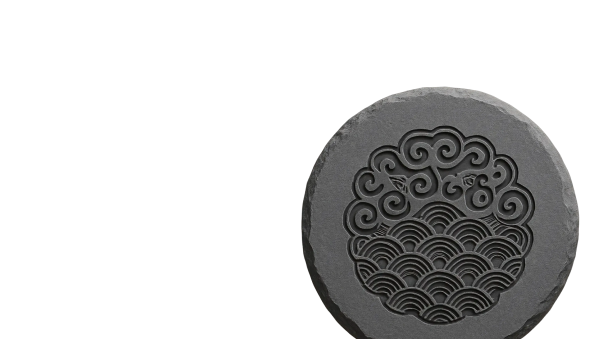Report
![[Laser cut and engrave] Laser Cut Cactus Leaf](https://image-res.xtool.com/resource/xtool/community/attachment/xtool-community/7ff02da9-b153-4a7d-aec9-9193e5418715?x-oss-process=image/resize,w_1200,h_900,limit_0/interlace,1/format,webp/auto-orient,1)
Laser Cut Cactus Leaf
CactusEngravingDesigns
.xcs
Application scenario
Laser processing (240min)
Machine & module
xTool D1 Pro
10WAccessories

xTool D1 Pro/D1 Air Assist Set
Material used
Prickly Pear Leaf
23
931
Information
This piece was created for xTool’s Carve the Spring contest, which celebrates the use of natural materials in creative ways. But why stop at natural when you can go living? In a playful twist, this project turns a live plant into a canvas for technology-driven art. Forget wood and acrylic—this is laser crafting on the edge.
This guide walks you through the surprisingly delicate process of engraving or cutting intricate designs directly onto a living cactus leaf. The result? A personalized piece of botanical art that grows with your design. Whether it’s geometric patterns, custom text, or even images, your cactus becomes a living masterpiece—where nature and technology meet in a bold, conversation-starting display.
Instruction
1
Step1: Prepare the Laser Cutter & Cactus Leaf
Preview
- Safety First: Put on gloves or use other protective handwear to handle the cactus leaf and avoid its thorns.
- Adjust Cutter Bed: If necessary, remove the honeycomb base from your xTool laser cutter to create enough vertical space for the thick cactus leaf.
- Position the Leaf: Carefully place the cactus leaf inside the laser cutter's work area. Try to prop it up slightly using scrap material underneath (avoiding the engraving area) so that the surface you intend to engrave or cut is as flat and level as possible relative to the laser head.
- Clearance Check: Manually move the laser module across the entire area where the leaf sits. Ensure the laser head can move freely above all parts of the leaf without bumping into it during operation. This is crucial to prevent collisions mid-process.
2
Step2: Configure the Design in xTool Creative Space (XCS)
Preview
Preview
- Open the xTool Creative Space software. Navigate to the project file containing the cactus designs. You'll find three canvases featuring different design styles: Geometric, Picture, and Text.
- Select the specific design you wish to use from the appropriate canvas.
- Drag your chosen design onto the main workspace canvas.
- Resize the design to fit appropriately on your cactus leaf. Consider the leaf's shape and size for best placement.
- Use the "Framing" function in XCS. This will outline the design's boundaries with the laser pointer on the actual cactus leaf. Adjust the design's position on the canvas until the framing shows it's perfectly aligned where you want it on the leaf.
3
Step3: Choose Method & Settings - Engrave vs. Cut
- Decide whether you want to Engrave or Cut your design. Each method yields different results and has implications for the cactus's health:
- Engraving: When engraving aim to turn the engraved area black. (Note: This will turn to a light brown when it starts to heal) This creates a distinct, solid look initially. Note: This engraved layer is basicly dead skin and may start to flake off after about a year. If the engraving only turns brown and not black, it will likely fade much faster. Engraving is generally less stressful for the leaf, especially for large/full-coverage designs.
- Settings Goal: Adjust Power and Speed (e.g., start with 100% Power and modify Speed) until test engraves appear solid black. Use Air Assist on a low setting.
- Cutting: Aims to physically scar the cactus skin just deep enough to be permanent without going too deep. This creates a lasting mark. Warning: Cutting large, intricate designs (like the geometric patterns covering most of the surface) significantly increases the risk of harming or killing the leaf.
- Settings Goal: Adjust Power and Speed (e.g., 100% Power, vary Speed) to cut through the outer skin layer only. Use Air Assist (low/medium recommended).
- Engraving: When engraving aim to turn the engraved area black. (Note: This will turn to a light brown when it starts to heal) This creates a distinct, solid look initially. Note: This engraved layer is basicly dead skin and may start to flake off after about a year. If the engraving only turns brown and not black, it will likely fade much faster. Engraving is generally less stressful for the leaf, especially for large/full-coverage designs.
4
Step4: Execute the Laser Process
Preview
- If Engraving:
- Double-check your settings.
- Ensure Air Assist is on low. (If you have it)
- Start the engraving process. Let it run to completion. Depending on the design size and complexity, this could take 2 hours or more. Keep an eye on the process, but it generally requires less intervention than cutting.
- If Cutting:
- Double-check your settings.
- Ensure Air Assist is on. (If you have it)
- Start the cutting process. Stay present and monitor the cut closely.
- Recommendation: For the health of the leaf and a potentially unique look (especially with tech-style designs), consider pausing and then stopping the cut before it fully completes the entire design. This partial cut reduces stress on the leaf and can look artistically intentional.
5
Step5: Post-Processing - Clean the Leaf
Preview
- Once the laser process is finished, carefully remove the cactus leaf from the machine (remember your gloves!).
- Take a damp (not soaking wet) paper towel and gently wipe down the engraved or cut surface. This removes any residual ash or soot from the laser process. Be careful around the design edges and, as always, mindful of the thorns.
6
Step6: Plant Your Cactus Leaf Promptly
Preview
- Aim to plant the cactus leaf in soil within the same day it was engraved or cut. The laser process creates open wounds on the leaf. Leaving it unplanted for days increases the risk of fungus or infection developing in these areas.
- Plant the leaf base in a suitable pot with cactus/succulent soil mix.
7
Step7: Admire Your Living Art!
Preview
Congratulations! You've successfully customized a living plant. Place your potted cactus in appropriate lighting conditions and care for it as usual. Enjoy watching your unique, laser-etched design potentially last for many years as the cactus grows!
Comments
Remixes
xTool Supplies Used in This Project
Related collections
Related tags
License
This work contains AI-generated content.
